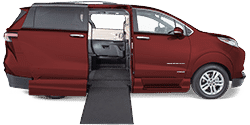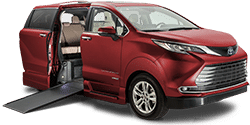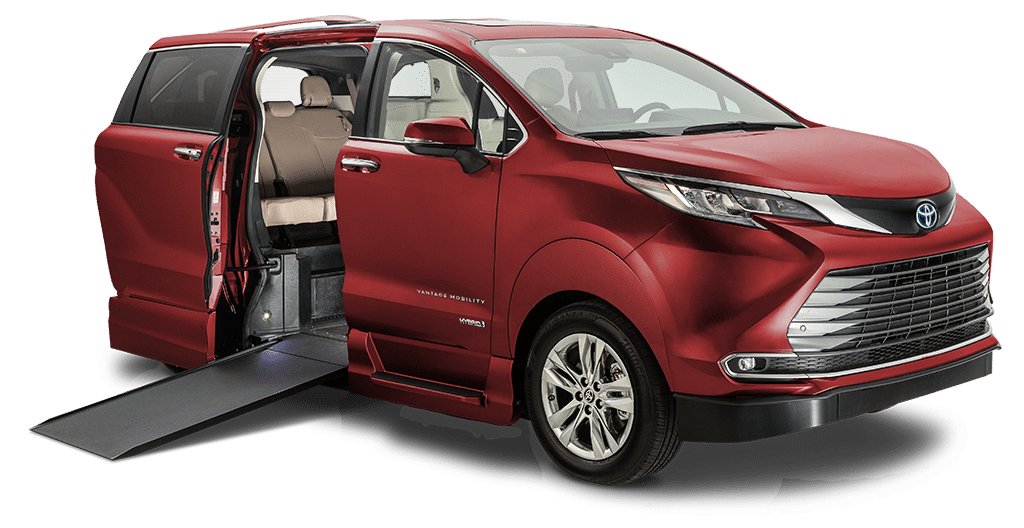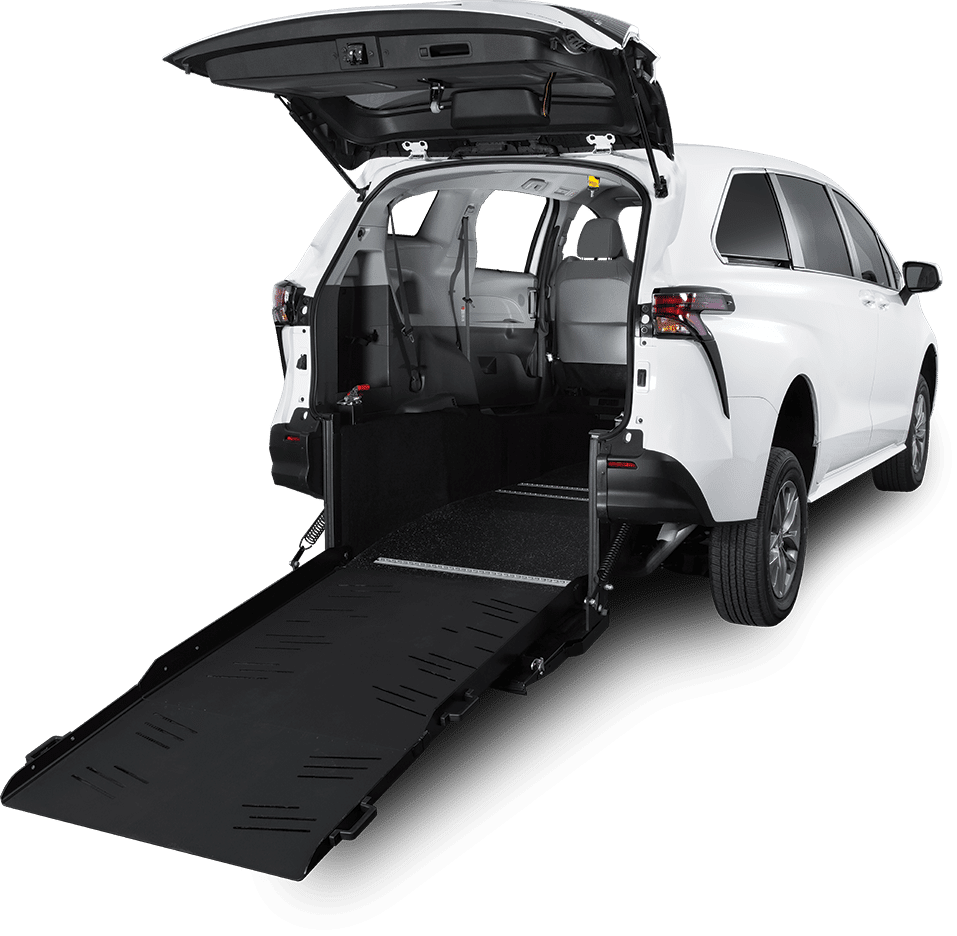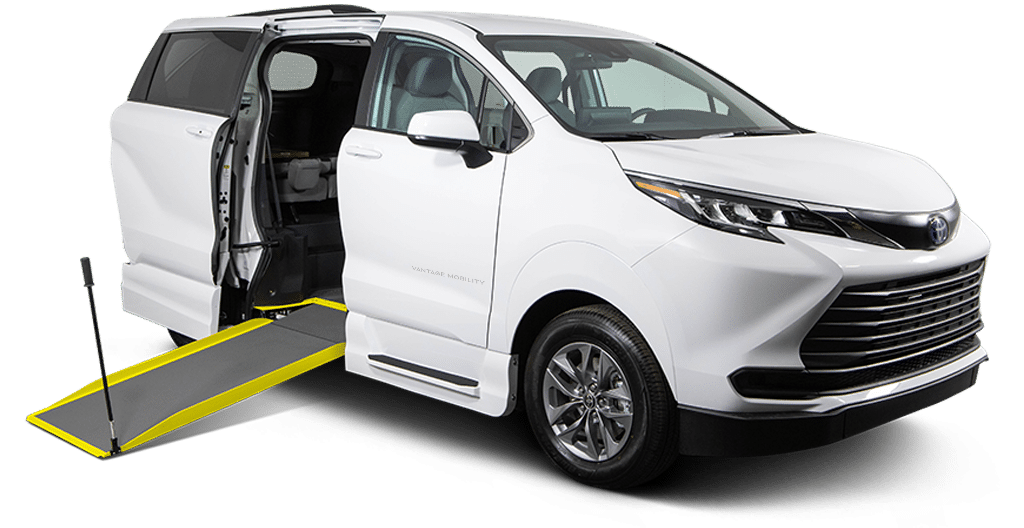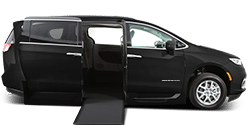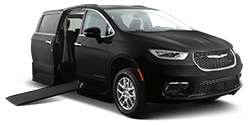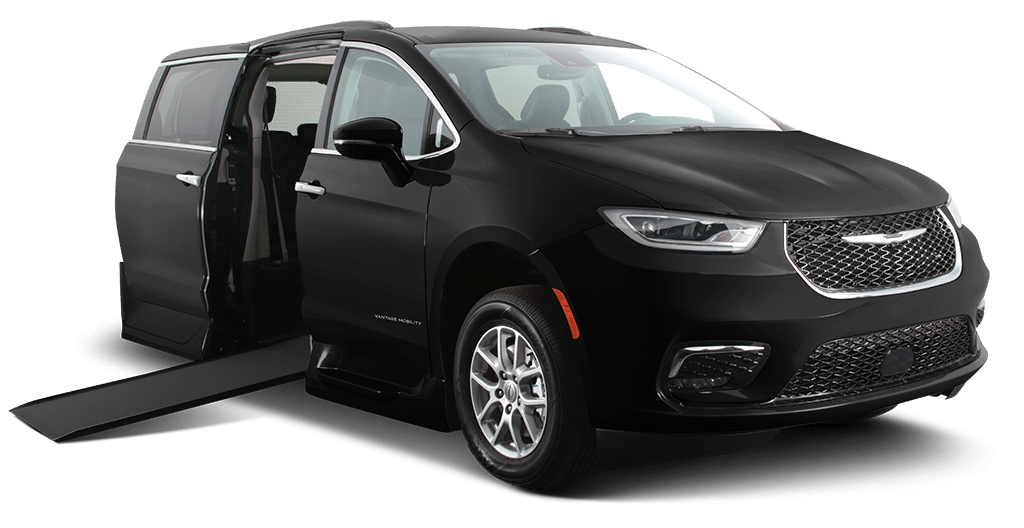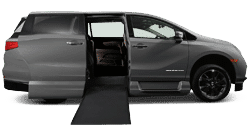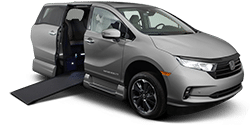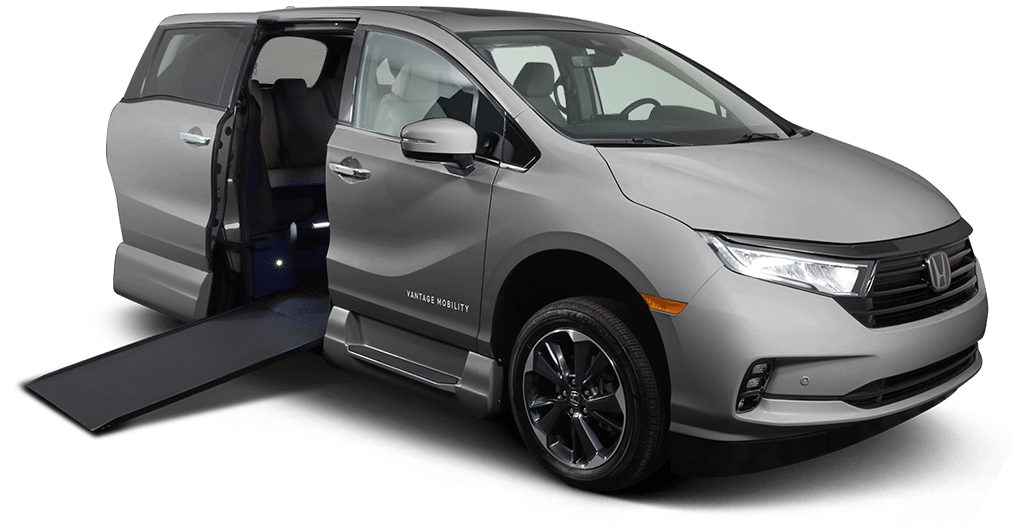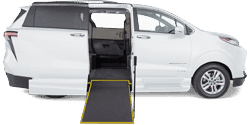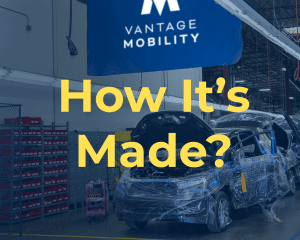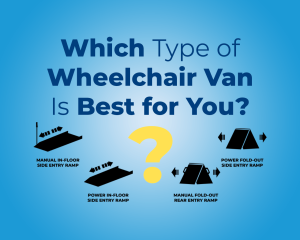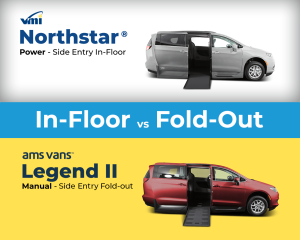Personal mobility is a lifeline to independence. Able-bodied people can easily overlook this correlation, but people who live with mobility impairments know that your body determines how much of the world you can explore and experience on your own terms. Accepting and overcoming those limitations can be a struggle for some people, but regaining your mobile independence is entirely possible thanks to modern technologies.
Bernadette Scarduzio, 37, learned this challenge first hand. As an adolescent and a teenager she lived a normal lifestyle; she played sports, traveled and spent time with friends. But her mobility and personal independence took a sharp fall when she was affected by a common, but little-known degenerative neurological disorder called Charcot-Marie-Tooth Disease.
CMT commonly causes deformities in people’s feet, lower legs, arms and hands; these changes affect mobility, balance, muscle retention and energy levels. It’s a hereditary illness. Bernadette inherited it from her father, and it weakened her hands, feet, ankles and sometimes dampens her energy.
Like many people with CMT, Bernadette says she knew she’d eventually need a motorized wheelchair to move about, but despite the lifestyle difficulties she resisted acting on that reality for years.
“My life before the chair was difficult because as the disease progressed things got harder,” she says. “Long distances were the worst; I wouldn’t go certain places — the mall, places with my friends, traveling, and the grocery store— I was away from a lot of things for a long time.”
In her early 20’s Bernadette occasionally used a standard manual wheelchair, but she says the process was often frustrating and exhausting because she had to rely on a caregiver to push her around. But when she transitioned to a mechanical wheelchair those frustrations disappeared.
Commercial power chairs for medical use date back to 1956, when Everest & Jennings became the first company to mass produce a motorized wheelchair. Today the chairs come in all shapes and sizes to accommodate various needs and lifestyles.
Manual wheelchairs are still a great option for people who have some physical mobility, particularly in their upper body, and don’t need to be in the chair all the time. But for people with very limited mobility, or those like Bernadette who lack the hand strength and energy to propel their own wheelchair, a power chair might be the only option. Power chairs can navigate different environments and terrains, be operated in wheelchair vans, and give the user more options, support and independence.
Bernadette chose the Go-Go Elite Traveller, manufactured by Pride Mobility, which is a small scooter-like chair. She says eventually deciding to get the power chair revitalized her life — especially combined with the autonomy of her handicap van.
The mobility devices gave her a new form of independence.
“It really helps me feel like I can see the world better with not having to struggle and walk, or feel like I’m going to fall or like I’ll be too tired by the time I get anywhere,” Bernadette says. “It keeps me going; it makes me want to be able to do things.”
That feeling of empowerment didn’t come easy, nor did the decision to actually get her power wheelchair.
Bernadette says it took her too long to buckle down and go to the doctor for a power chair prescription. She spent about three years in her early 20’s researching power chair options, but she never took action to actually get one. The thought of being confined to a chair worried her so she kept putting it off.
“I waited because I didn’t want to be in a chair; I was in denial,” she says. “Then what happened is my dad passed away. And when my dad died I couldn’t get my strength back as much.”
Soon after her father’s passing, Bernadette’s doctor, friends and family encouraged her to get the power chair prescription and start enjoying the activities she had left behind years prior. “And I was like all right, I know I need to do this right now,” she says. “And so I did.”
Bernadette’s process of getting her power chair is fairly standard for people who want a health insurance provider to pay for the device.
The Centers for Medicare and Medicaid Services has guidelines that determine the what type of mobility equipment somebody needs to navigate the day-to-day tasks in their life, says Jeff Lowman, a Veteran’s Affairs regional account manager at VMI. He says the process begins by having a face-to-face meeting with a doctor to determine what options the patient needs and get a prescription. From there, the patient brings the prescription to a medical supply dealer for a physical and mental assessment that ensures they can physically operate and use a power chair. Afterward they choose from a handful of options, and typically insurance pays for the entire device.
The other option is purchasing a motorized wheelchair directly from the manufacturer or dealer. These devices often have more bells and whistles than what an insurance company pays for, but patients also typically have to pay out of pocket for these models.
Bernadette encourages people who are considering a power chair to conquer their fears, ask for help from a friend or family member, and then make the leap toward a more mobile, independent life.
“There is never going to be a right time, you just have to do it,” she says.

